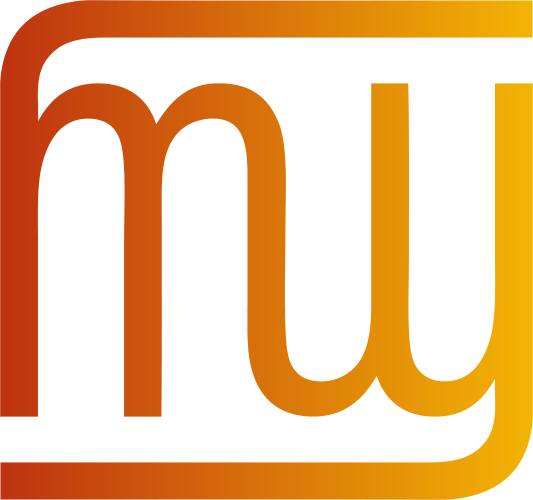Internationalization Activity Blog (original) (raw)

The W3C Internationalization (I18n) Activity works with W3C working groups and liaises with other organizations to make it possible to use Web technologies with different languages, scripts, and cultures. From this page you can find articles and other resources about Web internationalization, and information about the groups that make up the Activity. Read also about opportunities to participate and fund work via the new Sponsorship Program.
News
New First Public Working Drafts: Bengali, Canadian Syllabics, Cherokee, Cyrillic, Devanagari, Ethiopic, Georgian, Greek, Gujarati, Japanese, Javanese, Korean, Mongolian, Osage, Tamil, Tibetan
The Internationalization Activity published the following FPWD documents.
- Bengali Script Resources
- Canadian Syllabics Script Resources
- Cherokee Script Resources
- Cyrillic Script Resources
- Devanagari Script Resources
- Ethiopic Script Resources
- Georgian Script Resources
- Greek Script Resources
- Gujarati Script Resources
- Japanese Script Resources
- Javanese Script Resources
- Korean Script Resources
- Mongolian Script Resources
- Osage Script Resources
- Tamil Script Resources
- Tibetan Script Resources
- Cyrillic Gap Analysis
The documents related to language enablement at the W3C continue and expand the work to reorganise information to represent scripts, rather than individual languages. The newly published -lreq documents should be a first port of call for information related to a given script. They point to descriptions about how the scripts work, to tests, to discussions, to type samples, and more, all organised by topic.
Comments welcome, via the GH links indicated at the top of each page.
Tags: beng-lreq, cans-lreq, cher-lreq, cyrl-gap, cyrl-lreq, deva-lreq, ethi-lreq, geor-lreq, grek-lreq, gujr-lreq, java-lreq, jpan-lreq, kore-lreq, mong-lreq, osge-lreq, taml-lreq, tibt-lreq
New First Public Working Drafts: Latin, Arabic, Hebrew, Chinese
The Internationalization Activity has just published the following FPWD documents.
- Latin Script Resources
- Latin Gap Analysis
- Arabic Script Resources
- Hebrew Script Resources
- Chinese Script Resources
The documents related to language enablement at the W3C are being refactored to represent scripts, rather than individual languages. These newly published -lreq documents should be a first port of call for information related to a given script. They point to descriptions about how the scripts work, to tests, to discussions, to type samples, and more, all organised by topic.
Comments welcome, via the GH links indicated at the top of each page.
New First Public Working Drafts: Kashmiri, Urdu, Uighur
The Internationalization Activity has just published the following FPWD documents.
These languages are all written right-to-left (based on the Arabic script) and are used in India, Pakistan, and Western China. Urdu & Kashmiri are normally written in the nastaliq writing style.
Currently, these documents mostly point to external descriptions of how the script works. They also point to relevant GitHub discussions, tests, and gap reports. This provides a convenient way to access information about a particular script/language when doing gap analysis as part of our language enablement program.
Comments welcome, via the GH links indicated at the top of each page.
New First Public Working Draft: Adlam
The Internationalization Activity has just published the following FPWD document.
This document was also updated.
Currently, these documents mostly point to external descriptions of how the script works. They also point to relevant GitHub discussions, tests, and gap reports. This provides a convenient way to access information about a particular script/language when doing gap analysis as part of our language enablement program.
Comments welcome, via the GH links indicated at the top of each page.